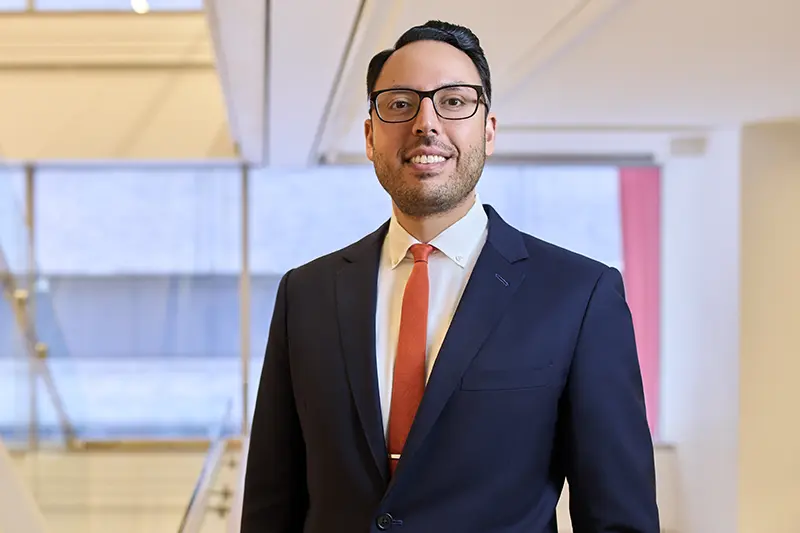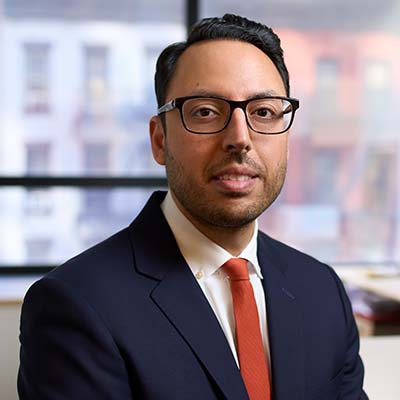For Dr. Babak Navi, it was both the fast-paced and immediate nature of stroke care as well as the ability to have a longer-term impact on patients’ quality of life that attracted him to the field.
“The acute treatment of stroke is very intense and rapid and exciting, which you don’t get in a lot of specialties,” says Dr. Navi, Division Chief of Stroke and Hospital Neurology at NewYork-Presbyterian/
Dr. Navi is working to shift paradigms on both ends of that spectrum. He has been involved in multidisciplinary efforts to expedite acute stroke treatment times; he’s the acting medical director of NewYork-Presbyterian’s mobile stroke unit, the first emergency vehicle of its kind on the East Coast; he helped launch an outpatient clinic to treat minor and non-disabling stroke; and he is a pioneer in studying the connection between cancer and stroke and potential blood-thinning strategies for this unique patient population.
Dr. Navi sat down with NYP Advances to discuss the various projects he’s been involved with and their impact on stroke treatment.
What sparked your interest in researching the connection between cancer and stroke?
What drew my interest was a single patient whom I treated as a junior resident who presented with recurrent ischemic strokes. It was a mystery initially as to what was causing them, and then we figured out that she had occult lung cancer, which was making her blood thicker. Once we figured that out, we treated her with chemotherapy and the strokes stopped.
That demonstrated to me that there’s this whole area where little is known, even as stroke in cancer patients has become more common. The co-prevalence of stroke and cancer has been increasing in absolute terms by about 0.3% per year over the past few decades because people with cancer are living longer. That led me to design studies to determine the epidemiological link between the two.
We now have phase 3 clinical trial data demonstrating that because of fast treatment times and other factors, mobile units are more effective than standard ED care in treating strokes.






